EVN violated the direction and operation of electricity supply.
The recently announced inspection conclusion of the Ministry of Industry and Trade pointed out the shortcomings, limitations, shortcomings, and violations in the direction and operation of electricity supply in the 2021-2023 period of EVN and related units.
These include slow investment and completion of power sources and grids; slow troubleshooting of generators of some thermal power plants, which reduces the ability to supply electricity; failure to strictly comply with Directive No. 29/CT-TTg of the Prime Minister , decisions, directives, and guidance documents of the Minister of Industry and Trade on power supply plans and fuel supply charts for power production, leading to passivity in preparing power sources and reducing energy security reserves.
In addition, the inspection conclusion stated that the dispatching and operation of the power system was unbalanced in mobilizing different types of power sources at many times; violations in directing, operating, scheduling, and dispatching the operation of the national power system in the dry season of 2023.
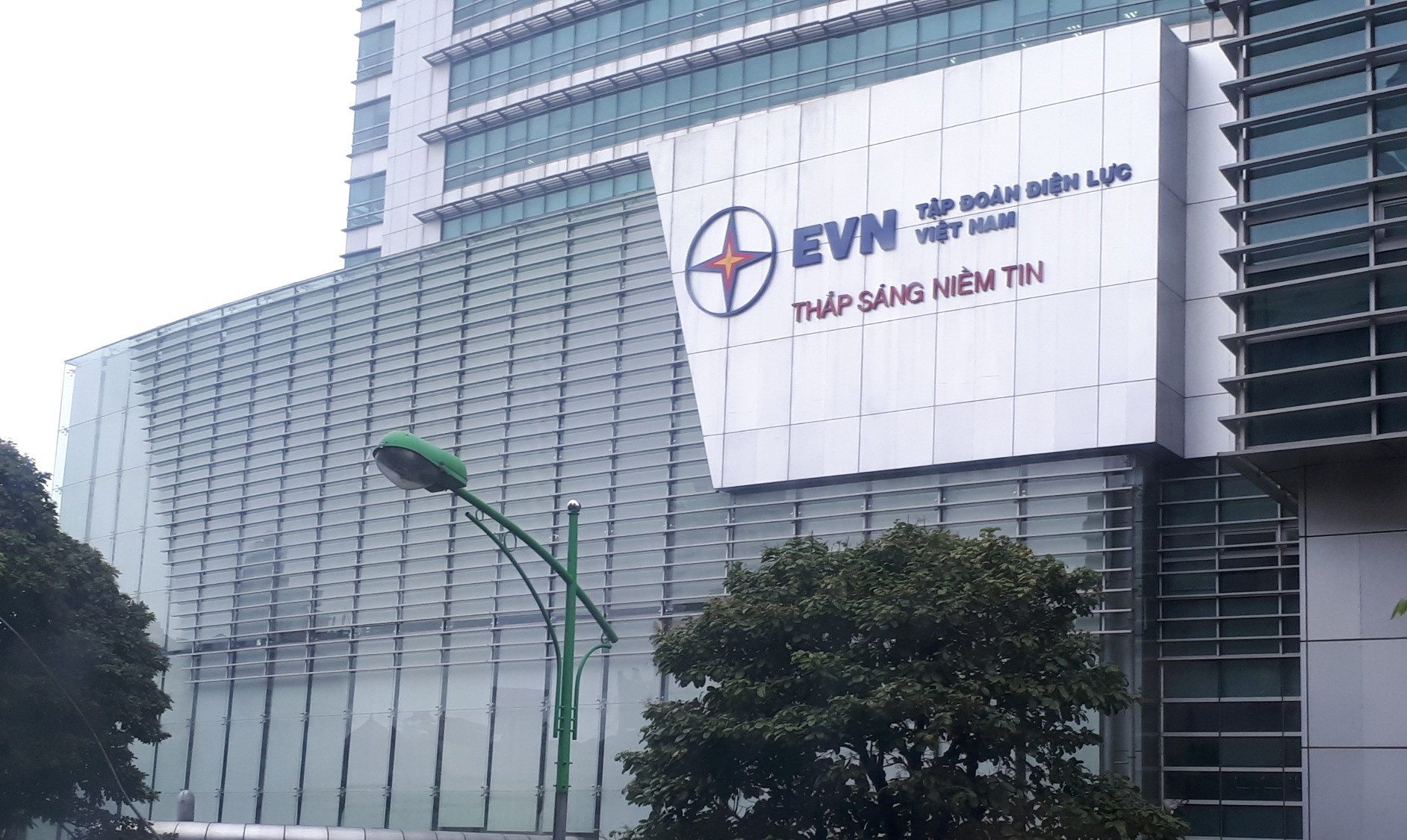
EVN was also blamed for widespread power supply disruptions, especially in the Northern region from the second half of May to mid-June 2023, causing sudden, unannounced power outages, causing public outrage, affecting people's lives, production and business activities, and the investment attraction environment.
The inspection conclusion of the Ministry of Industry and Trade has given many detailed reasons for the recent power shortage. In particular, the delay in investment and construction of power sources is one of the most important reasons for the recent power shortage in the North. Many prolonged generator failures have affected the power supply.
Many banks made mistakes in lending and selling bad debt.
The Government Inspectorate has just announced the conclusion of the inspection of the responsibility of the State Bank (SBV) and credit institutions (CIs) in implementing the project to restructure the system of CIs and the project to handle bad debt in the period 2013-2017.
The conclusion shows that the implementation of the approved restructuring plan is still limited, lacking, and violating. The quantitative indicators registered in the plan such as increasing charter capital, total assets, revenue, profit, listing on the stock exchange... but in reality, many joint stock commercial banks do not meet those indicators.
Some joint stock commercial banks violated credit growth limits.
Although the handling of violations of cross-ownership, capital contribution, and share purchase has decreased, there are still cases of slow handling.
The Government Inspectorate also pointed out that the collateral of bad debts sold by banks to the Vietnam Asset Management Company (VAMC) did not meet the prescribed conditions, affecting the par value of special bonds used for refinancing loans. There were bad debts that were not transferred to debt groups by banks, leading to discrepancies in bad debt ratios at banks.
Many banks have committed violations in lending, focusing on a small number of customers. For example, Sacombank lent 9 businesses a loan balance equal to 48.52% of the bank's equity, the money was poured into a project. Techcombank lent to customers to buy another bank's headquarters, but the real documents showed that the customers were only renting.
Construction giants violate land management and use, finance
In the conclusion of the inspection of the implementation of restructuring, equitization, and divestment of state-owned enterprises under the Ministry of Construction in the 2011-2018 period, the Government Inspectorate pointed out many violations in land management and use, and finance when restructuring and equitizing corporations.
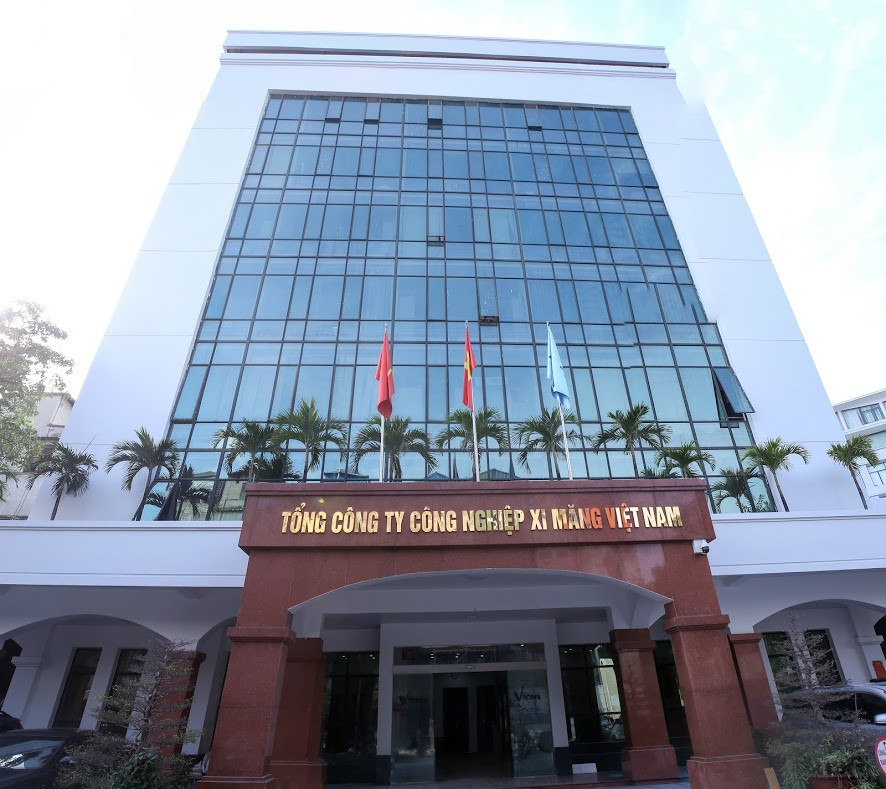
Accordingly, through the inspection of financial handling and determination of enterprise value for equitization at 10 parent companies - corporations, it was found that financial violations must continue to be handled with the amount (provisional) up to the time of inspection (December 31, 2019) being more than VND 5,690 billion.
Inspection of the determination of the value of some assets, houses, and structures in the enterprise value for equitization shows that some assets were determined to be inaccurately valued, lower than regulations, reducing the enterprise value.
The Government Inspectorate also pointed out that, when determining the enterprise value for equitization at the corporations: Vietnam Cement (Vicem), Licogi, Vietnam Water and Environment Investment (Viwaseen), the calculation of commercial advantage value and opportunity cost was incomplete and inaccurate, with a total amount of more than 1,879 billion VND.
Although some corporations have divested state capital, they still have investments outside their core business areas, which are at high risk of loss, amounting to about VND147 billion.
Besides, many corporations do not provide complete information, records and land documents as requested by the locality.
In addition, according to the inspection conclusion, the divestment of state capital at corporations with many subsidiaries, joint ventures and associated companies operating ineffectively, often incurring long-term losses, but the corporations do not have a thorough solution, affecting the efficiency of using state capital.
Notably, the Government Inspectorate pointed out many financial violations at Vicem.
Regarding the difference between equity and charter capital, the Government Inspectorate requested the Ministry of Construction to report to the Prime Minister on the handling and payment of the difference of VND 2,910 billion of Vicem Corporation, and the difference of hundreds of billions of VND at Vicem Hai Phong.
Source






![[Photo] Da Nang: Hundreds of people join hands to clean up a vital tourist route after storm No. 13](https://vphoto.vietnam.vn/thumb/1200x675/vietnam/resource/IMAGE/2025/11/07/1762491638903_image-3-1353-jpg.webp)





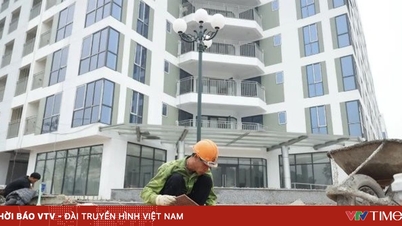

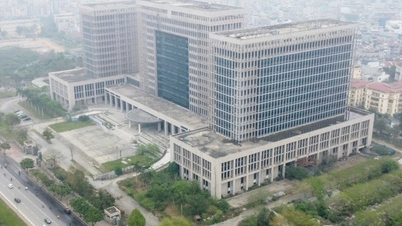

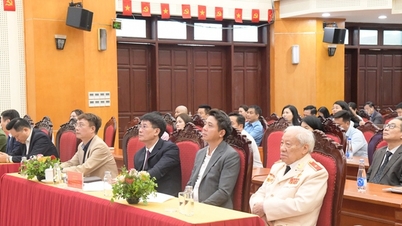
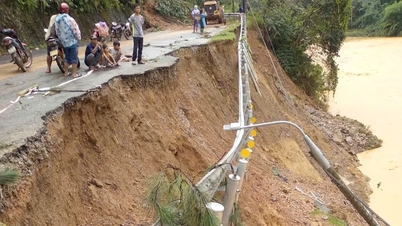





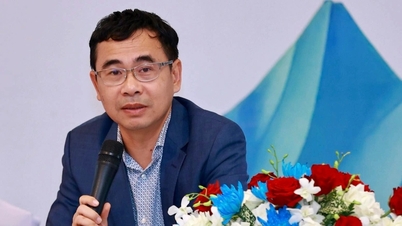





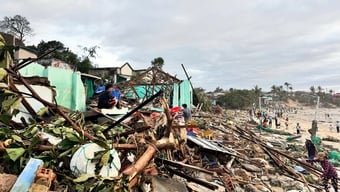
















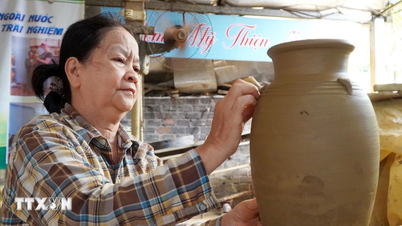








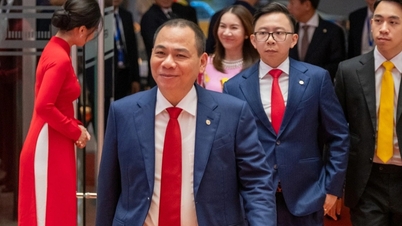


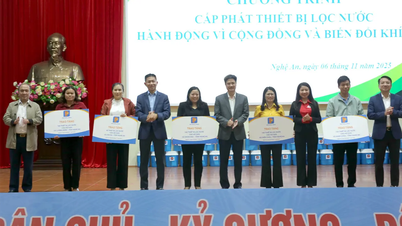


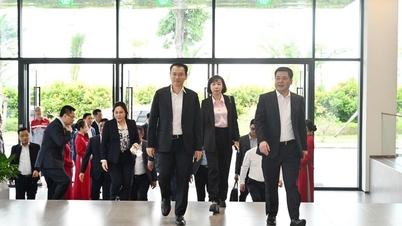



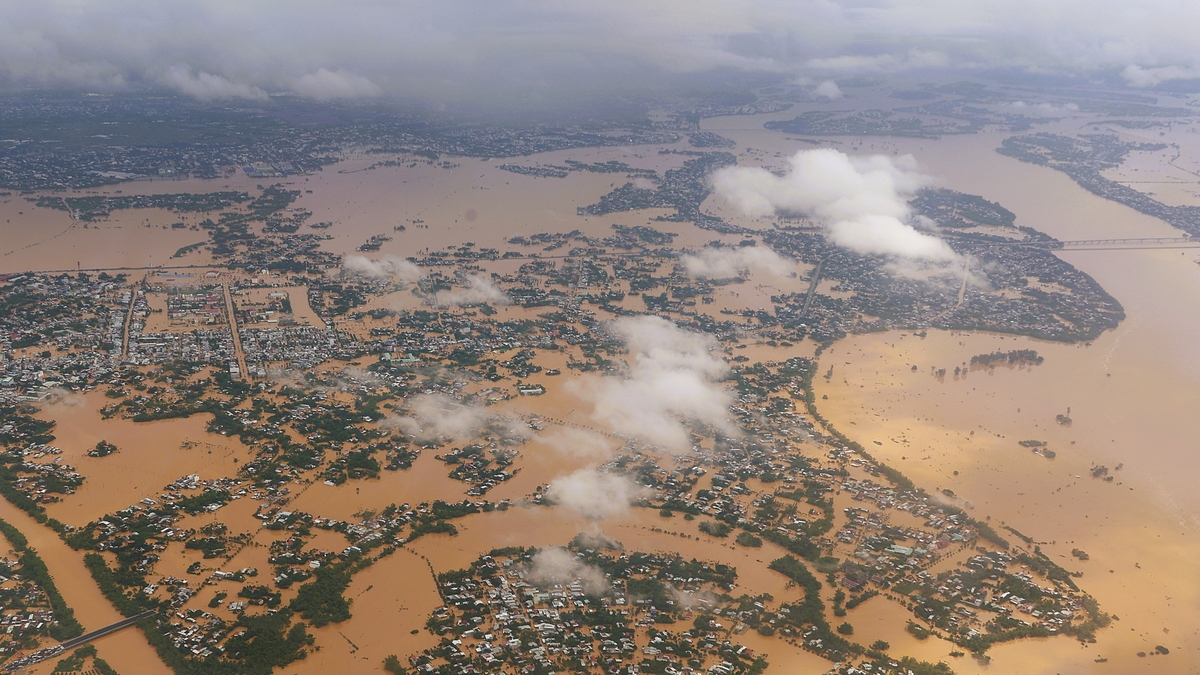





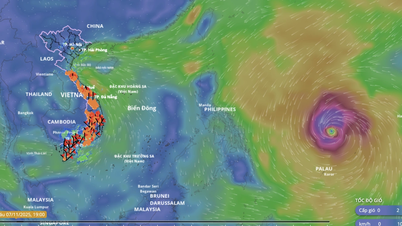







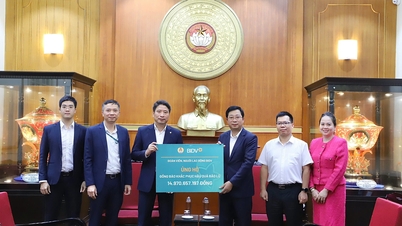


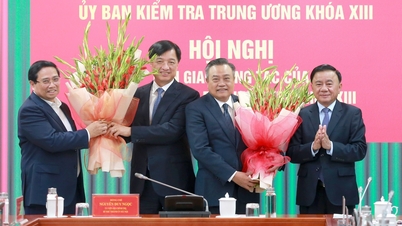




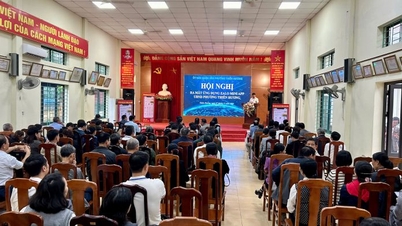







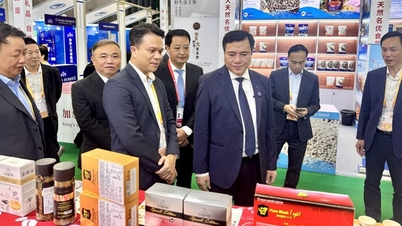












Comment (0)